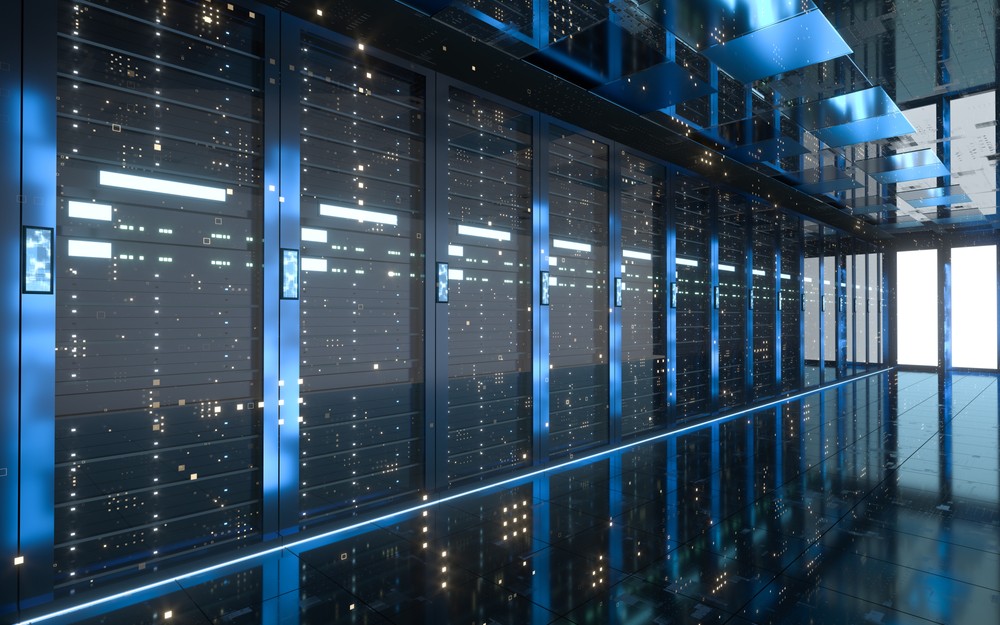Global colocation provider, Telehouse International Corporation of Europe, has unveiled the top six trends it expects will shape the world of IT infrastructure in 2023. The predictions have been informed by the latest insights from industry experts and recent Telehouse research.
Telehouse anticipates that the countdown towards ambitious net-zero targets at the end of the decade will spur greater action on IT sustainability throughout 2023. These pressures could lead to more organisations outsourcing their IT infrastructure to support flexible working, fill skills gaps, and realise cost and efficiency savings – especially as the energy crisis deepens.
The latest predictions come at the close of a year marked by external shocks, including geopolitical and economic turbulence. At the same time, post-pandemic workplace trends continue to shape IT infrastructure, with cloud connectivity, colocation, and artificial intelligence (AI) also set to dominate 2023.
1. Sustainability: businesses will start turning commitments into action
As the clock ticks relentlessly towards the net-zero targets of 2030 and 2050, many businesses are realising the limitations of their current approaches to sustainable IT. Worryingly, a recent Telehouse survey of IT decision-makers in the UK found that over a third (34%) of organisations have not yet made any progress on their sustainability goals or have not even defined them. This is likely to change in 2023, with mounting customer and regulatory demands making it essential for businesses to take responsibility for all their IT operations – from manufacturing processes to the Scope 3 supply chain emissions that are outside a company’s immediate control.
2. Energy pricing pressures will fuel IT cost efficiencies
With the price of energy reaching unprecedented highs, many organisations will see their IT spend continue to rise next year. However, while budgets might be able to absorb these extra costs in the short term, it is not a sustainable financial option for most businesses. Decision-makers will therefore start to look towards other means of ensuring a reliable, secure energy supply and energy reduction schemes to minimise the impacts on operational costs to ensure current and future productivity.
3. Flexible working will drive data demand
As organisations continue to adapt to a flexible ‘new normal’ of work, managing ever-increasing volumes of real-time data will be a key challenge for IT managers in 2023. More and more businesses will turn to cloud connectivity to provide the agility and scalability needed to meet employee demands for reliable, any-time, any-place, any-device access to the data they need.
4. AI and robotics will become commonplace
The benefits of automation have become clear over recent years, making sensationalist headlines about robots “stealing” people’s jobs ring increasingly hollow. As a result, growing numbers of businesses will leverage AI and robotics in 2023 and beyond, recognising its potential to free up human employees for more rewarding tasks, augment their skills, and unlock the power of intelligent decision-making by ensuring a continuous flow of accurate, high-quality data.
5. Smart outsourcing will plug IT skills gaps
With the IT skills gap set to continue through 2023 and beyond, organisations will need to embrace more innovative ways of attracting, developing, and retaining new talent. At the same time, more businesses will outsource their IT infrastructure to a trusted provider, leaning on the knowledge, experience, and expertise of colocation data centre operators. This will help fill IT skills gaps in-house, whilst also providing greater levels of resilience, uptime, and cost efficiency during the challenging years ahead.
6. Connectivity will be king
In 2023, organisations will leverage connected ecosystems to support the growth and resilience of their IT infrastructure. By integrating on-premises, colocation, cloud, and edge delivery options, they can extend network reach while improving performance and reducing latency and costs. Telehouse recently found that 28% of IT decision-makers prioritise connectivity when picking a data centre provider – a figure that is only set to increase as more businesses realise the benefits of having the right connections.




